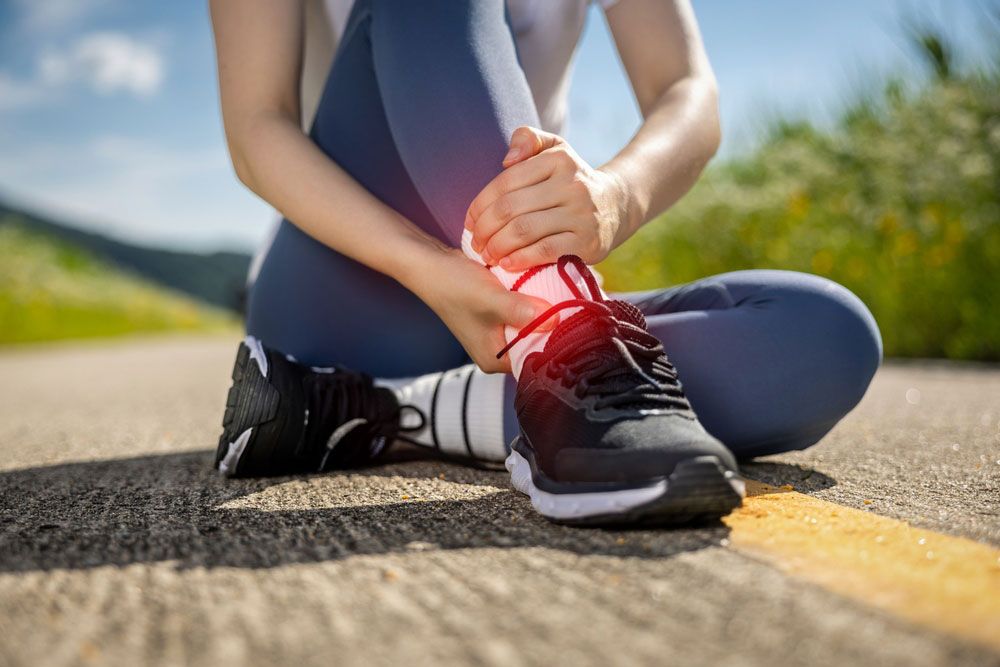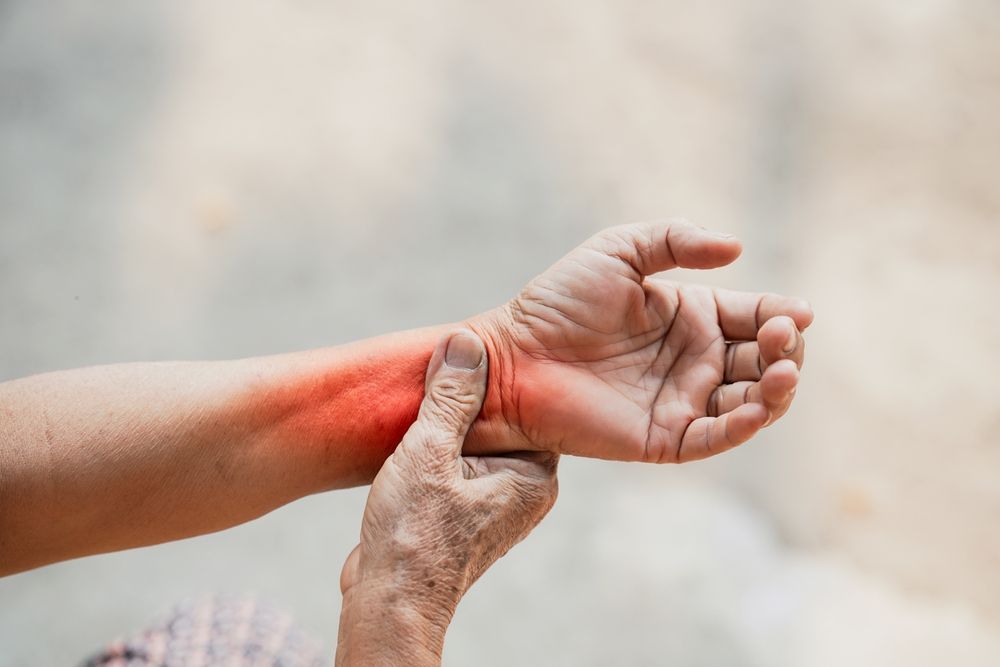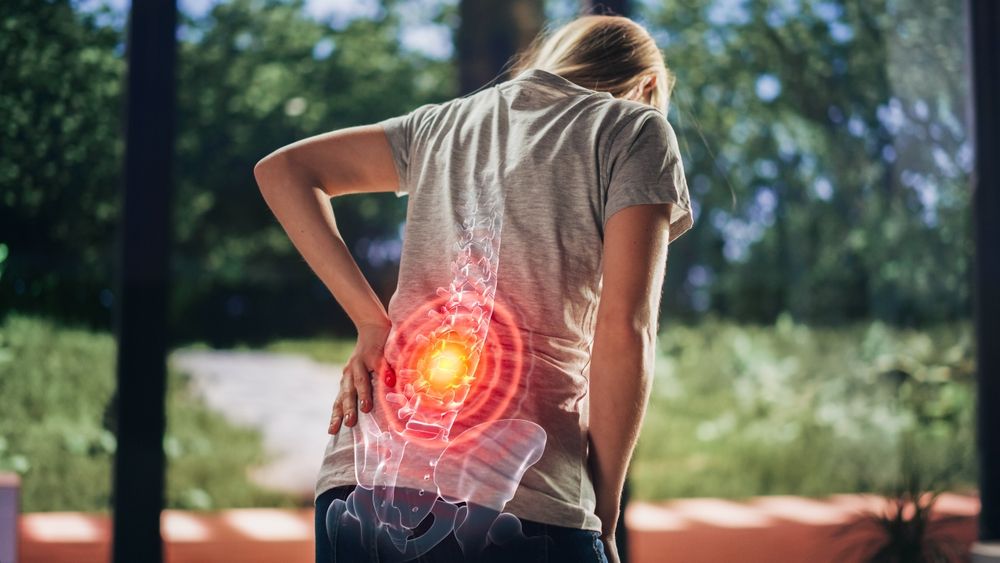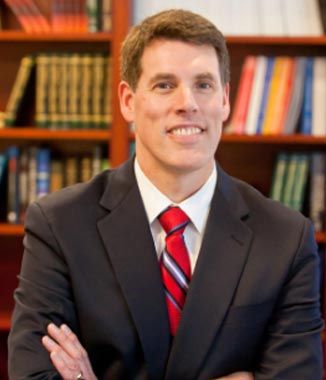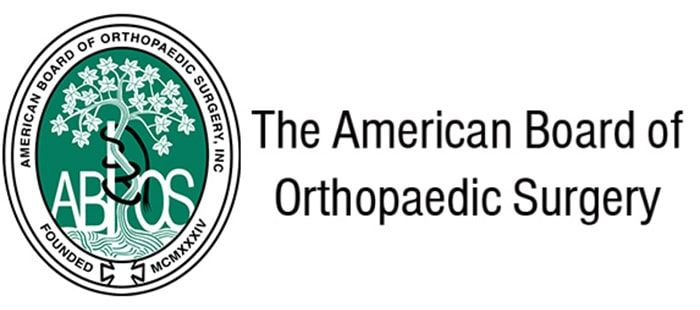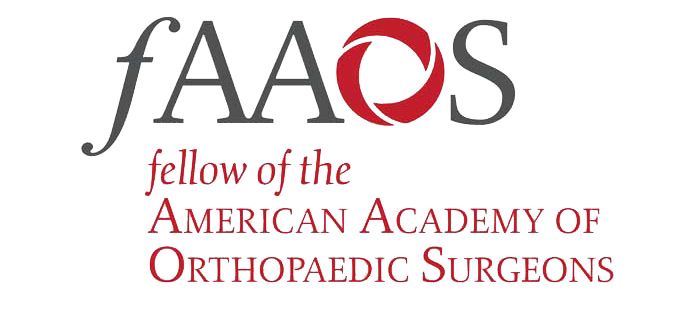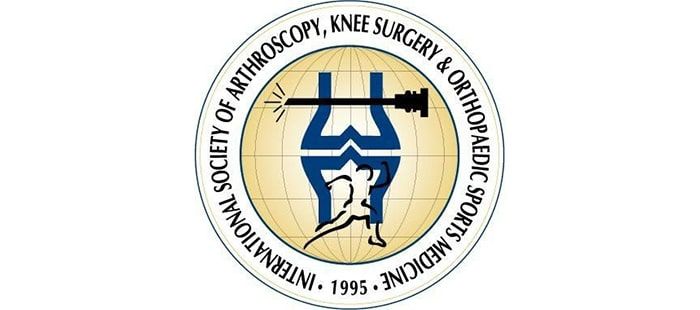Aging brings with it a host of physical changes, many of which directly impact the musculoskeletal system. At Dearborn & Associates Institute for Joint Restoration, Dr. John Dearborn emphasizes the importance of orthopedic health for seniors in Fremont and Menlo Park. As the population ages, addressing orthopedic issues becomes critical for maintaining mobility, independence, and overall quality of life. This blog explores key factors impacting orthopedic health, common conditions, and the available solutions tailored to the unique needs of elderly patients.
The Aging Musculoskeletal System
The musculoskeletal system undergoes significant changes with age, including a natural decline in bone density, muscle mass, and joint flexibility. These changes are often compounded by reduced physical activity and the cumulative effects of decades of wear and tear on joints and bones. Such physiological transformations increase the risk of fractures, osteoarthritis, and other orthopedic conditions that can severely impair mobility and independence.
Loss of bone density, known as osteoporosis, is a primary concern for elderly patients. This condition weakens bones, making them more susceptible to fractures, particularly in the hips, spine, and wrists. Simultaneously, joint cartilage wears down over time, leading to osteoarthritis, a common condition characterized by pain, stiffness, and reduced joint function. Understanding these age-related changes helps inform the development of effective orthopedic care plans tailored to seniors.
Common Orthopedic Conditions in Seniors
Several orthopedic conditions disproportionately affect the elderly. Among the most prevalent are osteoarthritis, fractures due to osteoporosis, and degenerative disc disease. Osteoarthritis, often referred to as “wear-and-tear arthritis,” is particularly common and can significantly limit daily activities due to chronic pain and reduced joint mobility. Its impact on the knees, hips, and hands is especially pronounced in senior populations.
Fractures, particularly hip fractures, are another major concern. These injuries are often life-altering for seniors, leading to prolonged hospital stays, lengthy rehabilitation periods, and in some cases, loss of independence. Additionally, spinal conditions such as degenerative disc disease can cause chronic back pain and nerve compression, further complicating mobility and quality of life.
Dr. John Dearborn and his team in Fremont and Menlo Park specialize in diagnosing and managing these conditions, offering a range of treatments from conservative therapies to advanced surgical interventions.
Preventative Strategies for Better Orthopedic Health
Prevention is a cornerstone of maintaining orthopedic health in the elderly. Regular weight-bearing exercises, such as walking or resistance training, play a pivotal role in preserving bone density and muscle strength. For individuals with limited mobility, low-impact activities like swimming or tai chi provide an excellent alternative, promoting joint flexibility and balance while minimizing stress on the joints.
Dietary choices also have a profound impact on musculoskeletal health. Ensuring adequate intake of calcium and vitamin D is essential for bone health, while a balanced diet rich in lean proteins, fruits, and vegetables supports muscle repair and reduces inflammation. Lifestyle modifications, including smoking cessation and limiting alcohol consumption, further bolster bone integrity and overall orthopedic health.
Advanced Treatment Options for Seniors
When preventative measures are insufficient, advanced orthopedic treatments become necessary. At Dearborn & Associates Institute for Joint Restoration, Dr. John Dearborn employs state-of-the-art techniques to address complex orthopedic issues in seniors. For patients with severe osteoarthritis, joint replacement surgery—particularly hip and knee replacements—offers a transformative solution, restoring mobility and significantly reducing pain.
Minimally invasive surgical techniques have revolutionized orthopedic care, allowing for faster recovery times and reduced postoperative discomfort. Non-surgical treatments such as physical therapy, corticosteroid injections, and advanced pain management strategies also play a crucial role in managing chronic conditions and improving quality of life.
In Fremont and Menlo Park, Dr. Dearborn and his team take a personalized approach to care, tailoring treatment plans to each patient’s unique needs and goals. Whether addressing a debilitating fracture or chronic arthritis pain, their comprehensive care model ensures optimal outcomes for elderly patients.
The Role of Rehabilitation and Ongoing Care
Rehabilitation is an integral part of orthopedic treatment, particularly for seniors recovering from surgery or injury. Physical therapy focuses on restoring strength, flexibility, and balance, enabling patients to regain independence and reduce the risk of future injuries. Occupational therapy further enhances this process by teaching patients how to perform daily tasks safely and efficiently.
Long-term orthopedic health also requires ongoing monitoring and maintenance. Regular check-ups with an orthopedic specialist ensure early detection of potential issues and allow for timely interventions. By adopting a proactive approach, elderly patients can maintain their mobility and quality of life well into their later years.
Conclusion
Orthopedic health is a critical component of overall well-being for seniors. At Dearborn & Associates Institute for Joint Restoration, Dr. John Dearborn provides expert care to elderly patients in Fremont and Menlo Park, addressing the unique challenges posed by aging bones and joints. Through a combination of preventative strategies, advanced treatments, and personalized rehabilitation plans, seniors can achieve improved mobility, reduced pain, and an enhanced quality of life. If you or a loved one are seeking specialized orthopedic care, schedule a consultation today to take the first step towards better health.
Sources:
- Anderson, D. E., & Madigan, M. L. (2014). Healthy Aging and Bone Health. Journal of Aging Research.
- Felson, D. T., & Zhang, Y. (2013). Osteoarthritis: Current Concepts. Annals of Internal Medicine.
- Kannus, P., & Sievänen, H. (2022). Prevention of Osteoporotic Fractures in the Elderly. Clinical Orthopedics and Related Research.


